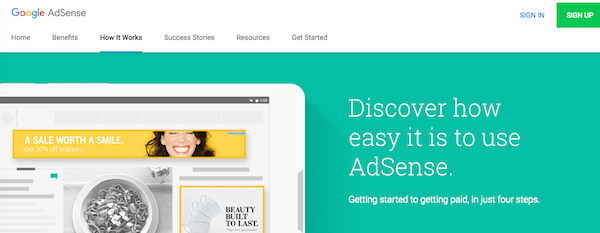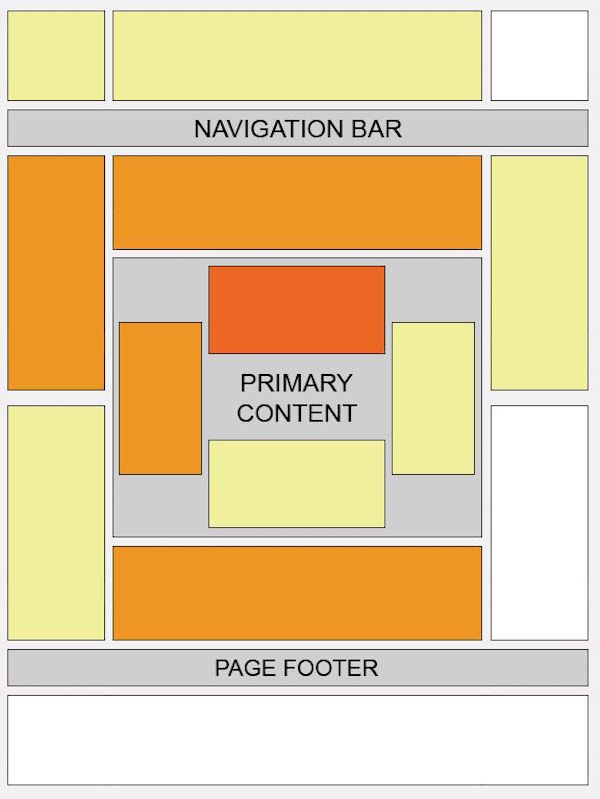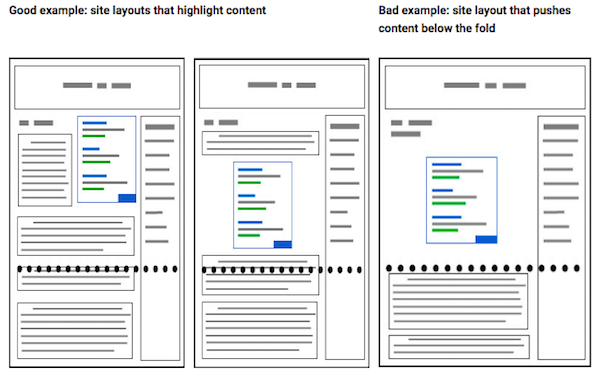I think that most beginning bloggers first try out monetizing their blog with Google’s Adsense program. I was no exception.
When I started my first business blog, I monetized it with ads served by Google. For those of you who don’t know, you can display up to three ads on a single page using this program. You just have to insert the particular code where you want each of them to show up on the page.
For example, you could put one ad on the sidebar of your blog, one in the header, and one in the footer. Google will then serve up relevant ads to those spots, depending on the actual text of that page and the browsing history,
You’ll earn a small amount of money when the advertisement loads and a larger sum should the visitor decide to click the advertisement and check out whatever that company is offering.
I’m proud to say that I’ve earned over $19k from Google’s Adsense program and want to share some of the lessons that I’ve learned as I’ve been building up my various blogs.
1. Your niche matters
Google Adsense is a marketplace. Advertisers compete and bid for advertising inventory. If there’s more competition, the cost per click goes up. If there’s less competition, the price goes down. Why does this matter?
If you’re writing about a popular topic and advertisers want to reach your audience, they’re going to be competing with each other and end up driving the cost per click price up, making you more money.
If you’re writing about a topic that no one cares about and advertisers don’t have any interest in reaching your audience, then they’re going to experience very low cost per clicks and you’ll make less revenue.
Therefore, if you’re trying to maximize your income from Adsense, it makes sense to write about topics that attract audiences that advertisers are willing to pay to reach.
There are a few different tools that you can use to measure the cost per click of different niches. Some include:
I used some of these tools to maximize my Adsense revenue and deliver quality content to my audience.
2. Your ad placement matters
A while ago, Google published a heat map to give you an idea of the best placement options for your ads. Keep in mind that you must always check to make sure that you’re inline with Google’s TOS when placing your ads, as they do have some rules and guidelines.
Basically, you want to command the attention of your readers. If your readers are looking to learn something or want to read what you have to say, make sure that the advertisement is in a spot where it will interrupt their attention and they’ll see it. If your advertisement is in a location that doesn’t command much of their attention, then they are likely to ignore it.
The placement of your ads will impact the click through rate and overall earnings of your Adsense account. Personally, I experimented by putting ads at various locations on my blog to see where they performed best.
3. The name of the game is traffic
While yes, you could start a website in a competitive niche, develop authority, and then monetize it with Adsense, for most bloggers and publishers, you’re going to need a large amount of traffic if you want to live off of your Adsense income. This is based on the realities of RPM (revenue per 1,000 views), an average click through percentage and an average revenue per click.
Here is a great breakdown which explains the realities of making money through Adsense. Let’s just say you’re earning a $3 RPM or revenue per 1,000 views. You would need to be getting about 28,000 views per day or 840,000 consistent views per month to be able to earn $30k a year.
That’s a lot of views to build up to. Also, if you’re writing about a specific niche, there are much better ways to monetize that amount of traffic. However, if you’re writing about something generic like a news or a BuzzFeed style topic, then you might be happy with those results from Adsense.
In my business, I look at Adsense as one income stream among many. During the early days, I was publishing consistently to continue to drive traffic back to my website and grow my page views.
4. Don’t think about the advertisers
It’s very tempting to write content that you “think advertisers would like” or that is rich with the key words that you’re going after, but don’t do this. I realize this contradicts my first point in some ways, but it’s important to be in the right mindset when you’re producing content.
At the end of the day, if you produce articles that are either helpful or entertaining for your readers, you’ll build an audience. If you did your homework and are in the right niche, then that audience will eventually monetize well with Adsense and other methods.
Rather than thinking about advertisers, concentrate on the mindset of the person who stumbles on that article. How can you engage them? How can you build a relationship with them?
Just focus on producing great content and the results will follow!
5. Watch what ads are being served
I actually learned this technique while interning at a media company in college. They would have me look at the advertisements on various websites to figure out which companies were willing to spend money on advertising and what products or services they were trying to get attention to.
By watching the types of ads that show up on your blog, you can get a good idea of ways you can monetize the website in the future. Maybe you can create a digital product or offer a service. If lots of one type of advertisement are showing up on your blog, that’s a pretty good indication that those companies are making money and you should research that industry.
Finally, when you create a list of the various companies that you see advertising on your blog, you can always reach out to those companies if you ever decide to transition into private ads.
6. Search engine optimization is gold
Finally, search engine optimization is one of the ways that I’ve found to turn Adsense into a passive income machine. If you’re operating a blog with poor SEO, then you have to keep publishing articles to keep getting views and revenue. However, if you’re running a blog with good SEO, you’ll continue to receive traffic from Google over time without having to “work for it.”
If you’re a beginning blogger and you’re serious about earning money from Google’s Adsense program, then read up on SEO and how Google ranks websites. I can’t tell you how valuable this knowledge has been over the course of my career.
I hope that these lessons have proved insightful. I’d love to hear from you down below if you have any questions!



